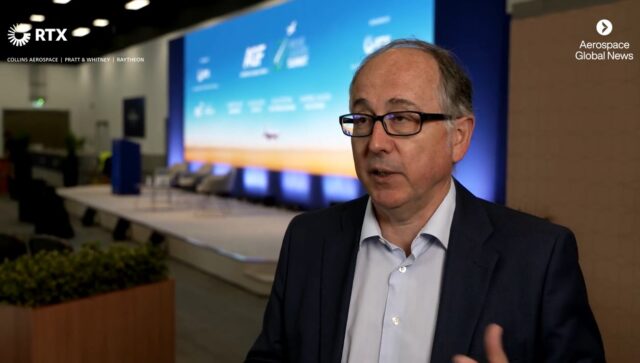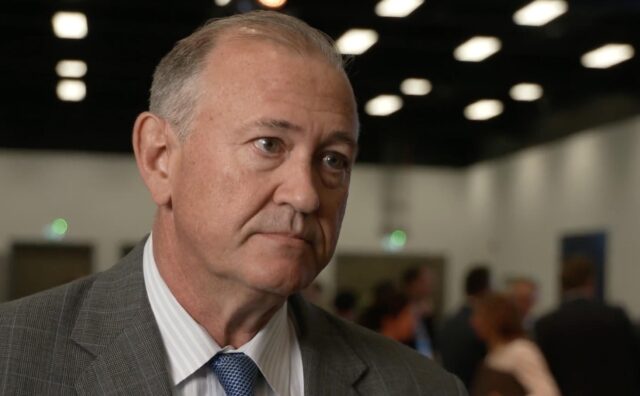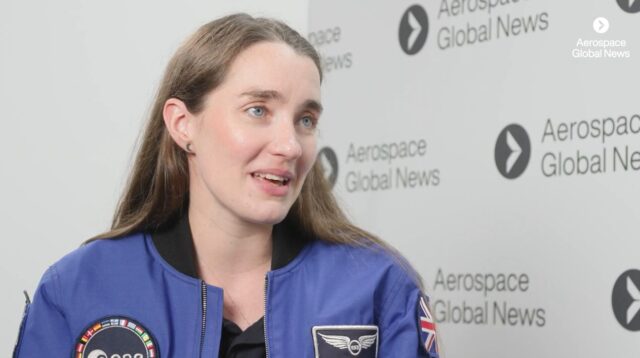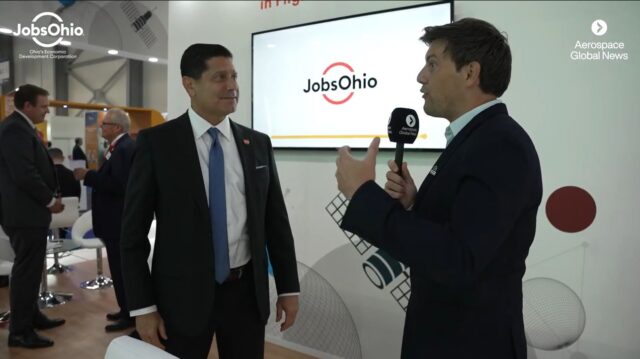Collaboration – the key to creating UAM infrastructure
Reducing congestion and urban transportation times within this decade will only be made possible through a collaborative approach, according to Gabriele Teofili, Head of UAM at Rolls-Royce Electrical. Teofili explained…
Reducing congestion and urban transportation times within this decade will only be made possible through a collaborative approach, according to Gabriele Teofili, Head of UAM at Rolls-Royce Electrical. Teofili explained that the company was working together with Vertical Aerospace to create the aircraft’s propulsion system.
He added UAM would help solve issues of urban congestion by changing the way helicopter transport currently operates. Teofili said the new market would require a whole new infrastructure which could only be created through a partnership approach.
Partnerships approach will address UAM’s “whole ecosystem”
He explained: “We need a partner because we need to address the whole ecosystem of the urban air mobility. Urban mobility is infrastructure, power generation, power distribution and hardware. Rolls-Royce is a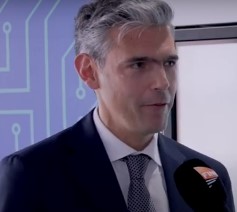 hardware supplier, [so] is working with a customer like Vertical Aerospace to bring this hybrid to reality.”
hardware supplier, [so] is working with a customer like Vertical Aerospace to bring this hybrid to reality.”
Rolls-Royce has worked in collaboration with Airbus on the journey towards the creation of the new UAM market. Teofili said: “With Airbus, we achieved what we call TRL6, technological readiness level 6, flying with prototypes in real flight test conditions. Based on this experience, we are starting not from zero, we are starting from a level which allows us to go to into product development.”
Gradual growth will build confidence
Rolls-Royce and Vertical Aerospace are targeting 2024 for certification, with entry into service in 2025. Teofili said the public would see the number of UAM aircraft growing gradually over time. He said: “We want to perform a ramp up, we want public acceptance – not from 0 to 100 – you need to see them, you need to test them, you need to try them, you need to get confident in them and you will be confident that we are investing in the right technology.”
He added these future aircraft would also be important from a social perspective, as they would help alleviate the issues of transport congestion within cities. Teofili explained: “We are not doing this only for profit we are doing this for the world. We wanted to to decongest the city, where you cannot transport, yourself any more from point A to point B. We wanted to help the environment, we wanted to change the way the energy is produced and we can do it all together in the first step with the urban mobility.”
Subscribe to the FINN weekly newsletter
